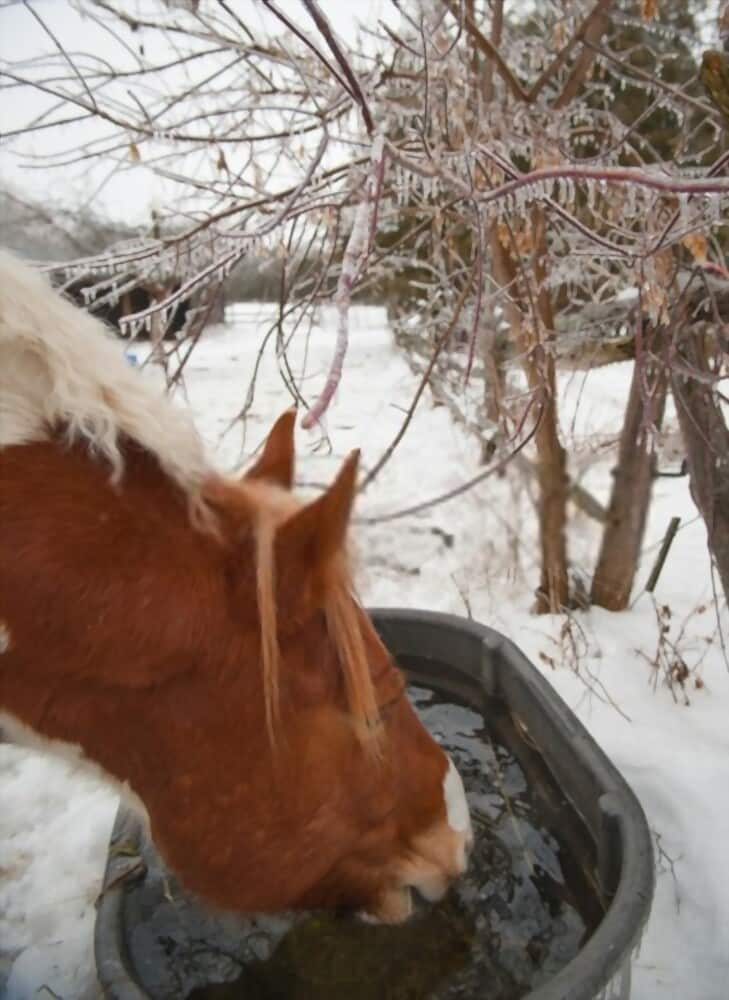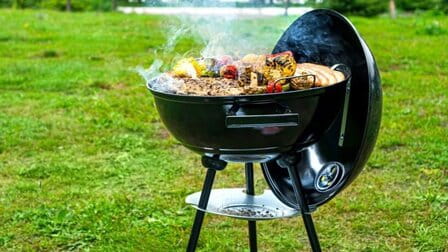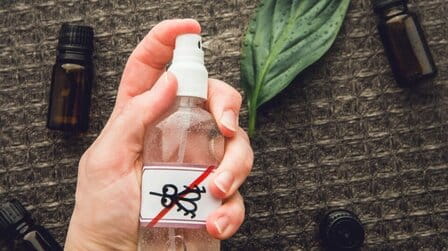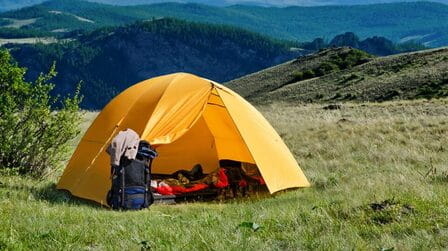The cold may lead to a lot more issues than simply the need for an additional blanket at night as temperatures drop and everything begins to freeze. Your home may have issues with frozen pipes, and animals and pets may suffer if their water supply freezes. Fortunately, there are a few easy ways to prevent water from freezing. Here are some steps how to keep water freezing outside.
How to Keep Water Freezing Outside
It can be difficult to prevent horse troughs and water buckets from ice over when winter approaches and the temperatures drop, especially if you don't have access to electric water heaters. We demonstrate some steps how to keep water freezing outside:
Cover the Water's Surface Partial
The first step on the list of ways to keep water from freezing outside is to cover as much of the tank's surface as you can. While still enabling access to the water for the horses, a portion of the water's surface is covered to preserve heat within.
To partially cover the top of your trough, think about securing plywood or polystyrene foam insulation using c-clamps (available for purchase on Amazon). In general, troughs have a sizable surface. Reduce the quantity of water surface that comes into touch with the chilly air to prevent freezing. Styrofoam panels may be covered with plywood, which is both efficient and affordable.

Snow piled on top of the board covering the trough will further improve insulation. The snow will act as additional thermal insulation.
Bury Your Stock Tank Partially (or Buckets)
By draining your trough, creating a tiny hole beneath it, and replacing the tank, you can reduce or eliminate freezing throughout the winter. For insulation, pile the displaced soil up the sidewalls. Any farm that has outside stock tanks should use this technique. Additionally, it may be utilized with electric through deicers to increase efficiency while using less power.)
Try piling a couple bales of straw or leftover hay around two or three of the sides of the trough if it is already midwinter and the ground is frozen. With loose straw, fill the space between the bales and the trough's outside walls. (Just make sure your horses aren't nibbling on the bales you use; if the baling wire or twine comes loose, it might be dangerous.) Without using electric water heaters, the additional insulation might help water stay frozen.

Break the ice, but also get rid of it
The next way you can try to list how to keep water from freezing outside is breaking the ice. If you break up and remove ice chunks from your water's surface, the water will stay thawed for a longer period of time. Take the time to remove the little icebergs while breaking ice in partially frozen water troughs and buckets as part of your wintertime activities.
The length of time until the tank freezes over again can be increased by removing any ice pieces and then filling it with water that is above freezing.

Obtain Larger Troughs
It takes longer for your horse's trough to freeze the larger it is. A 150-gallon tank freezes far more slowly than a typical pail of water. While still enabling access to the water for the horses, a portion of the water's surface is covered to preserve heat within.
When cold weather is anticipated, completely fill your biggest water tank or tanks. By doing this, the effectiveness of self-insulation is enhanced.
Make a Double-Walled Stock Tank at Home
A horse trough was nested inside of a bigger trough as insulation against the bitterly cold weather. A DIY double-walled tank is one of the most efficient electricity-free ways to prevent water from freezing, working similarly to how a double-walled tumbler keeps beverages hot or cold. To reduce the rate at which heat escapes through the walls of the tank or bucket, stack one bucket within the other.
This technique works with buckets and troughs of various sizes, even 5-gallon buckets and enormous stock tanks.
Utilize manure, nature's heater!
In a pinch, use manure's strength! When our winter storms caused the most power outages, you can try:
- Fresh manure should be put into a muck bucket
- Place a water bucket into the muck bucket on top of the manure
- Straw should be placed between the muck bucket and bucket's walls
The weird thing is, it works! The manure-insulated 5-gallon bucket stayed ice-free overnight when we utilized this approach during nighttime chores with overnight temps in the 20s, but the 150-gallon tank had an inch of ice by morning.
Ideas for avoiding the freezing of pipes
It is possible to avoid frozen pipes, which might be a major issue.
Carrying a broken pipe in one hand. In addition to doing routine winter house care, it's critical to keep pipes from freezing. Even a little pipe fracture can release hundreds of gallons of water, resulting in flooding, furnace damage, and significant structural damage. Mold growth is also immediately possible.
You can lessen the possibility of frozen water pipes and the related property damage by adopting the preventive procedures listed below.
Guidelines for avoiding pipe freezing
- The three main factors that lead to frozen pipes are sudden temperature decreases, inadequate insulation, and thermostats that are set too low. In the warmer months, you may make preparations for your house.
- pipe insulation Even if you reside in a location where freezing temperatures are rare, pipe insulation in your home's attic and crawl areas still benefits you. The pipes that are exposed are the most prone to freezing. Keep in mind that your pipes will be better protected the more insulation you install.
- Utilize heat wires or heat tape. Pipes can be wrapped with heat tape or thermostatically controlled heat wires. Usage only items meant for the intended use and those that have been approved by an impartial testing authority, such as Underwriters Laboratories Inc. (exterior or interior).
Conclusion
Keeping water underground and below the frost line is the greatest approach to on list how to keep water from freezing outside. The next best options, if that isn't a possibility, are to utilize an insulated steel tank or to keep it in your greenhouse.













